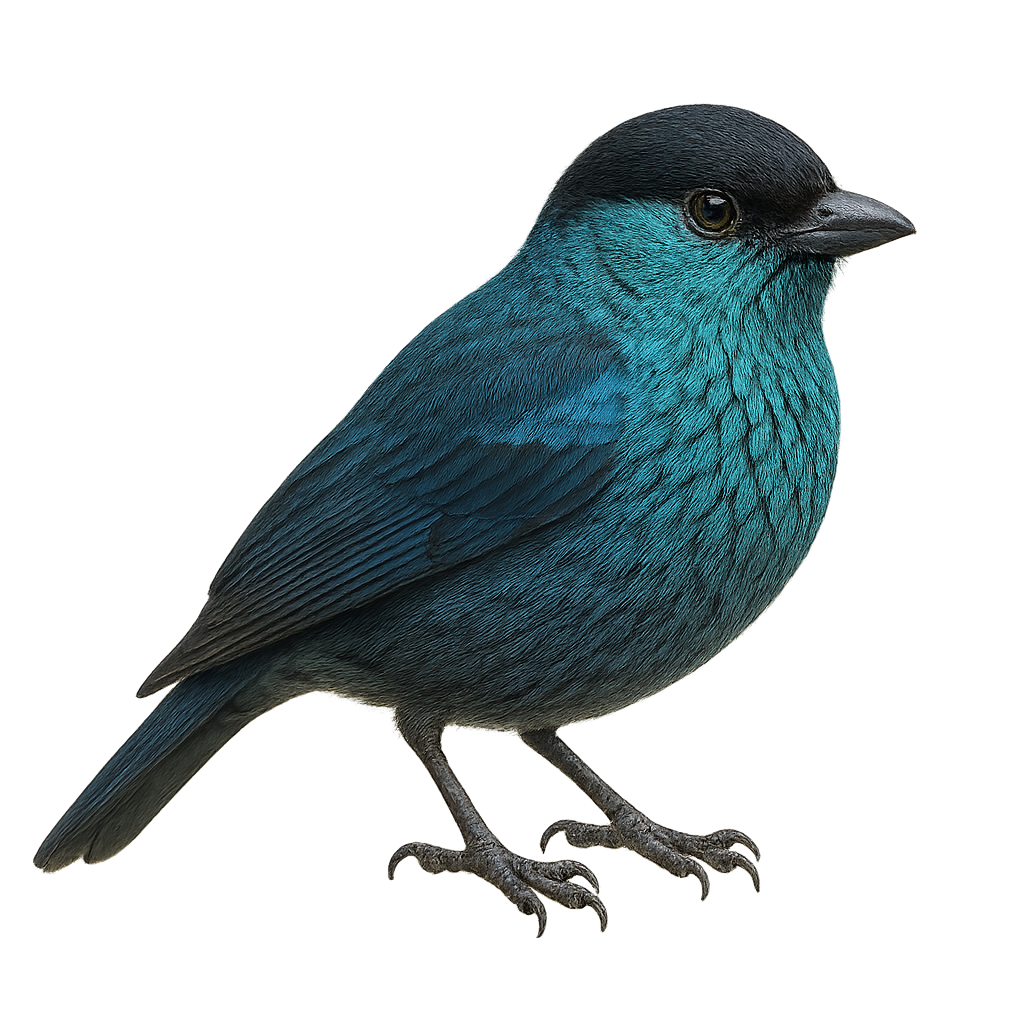Your wildlife photography guide.
Explore the black-capped tanager in detail, study its behavior, prepare your shots.
Where to observe and photograph the black-capped tanager in the wild
Learn where and when to spot the black-capped tanager in the wild, how to identify the species based on distinctive features, and what natural environments it inhabits. The WildlifePhotographer app offers tailored photography tips that reflect the black-capped tanager’s behavior, helping you capture better wildlife images. Explore the full species profile for key information including description, habitat, active periods, and approach techniques.
Black-capped Tanager
Scientific name: Stilpnia heinei

IUCN Status: Least Concern
Family: THRAUPIDAE
Group: Birds
Sensitivity to human approach: Suspicious
Minimum approach distance: 10 m
Courtship display: April to May
Incubation: 13-15 jours
Hatchings: April to June
Habitat:
humid forests, wooded areas, forest edges
Activity period :
Primarily active during the day, with peak activity in the morning and late afternoon.
Identification and description:
The Black-capped Tanager is a medium-sized bird with vibrant plumage ranging from blue to green, and a distinctive black cap on its head. Native to the humid forests and wooded areas of the Andes, this bird is often seen in small groups, feeding primarily on fruits and insects. Its melodious song and bright colors make it a favorite among birdwatchers. Although it is relatively tolerant of human presence, it prefers dense areas where it can easily hide. Its breeding season typically coincides with the rainy season, ensuring an abundance of food for the young.
Recommended lens:
400 mm – adjust based on distance, desired framing (portrait or habitat), and approach conditions.
Photography tips:
To photograph the Black-capped Tanager, it is advisable to use a telephoto lens of at least 400mm to capture the details of its colorful plumage without disturbing it. Look for areas where fruits are abundant, as these birds are often attracted to food sources. Be patient and discreet, as although they are relatively tolerant, they may fly away if you approach too abruptly. Take advantage of the early morning hours to benefit from soft light and increased bird activity.
The WildlifePhotographer App is coming soon!
Be the first to explore the best nature spots, track rutting seasons, log your observations, and observe more wildlife.
Already 1 431 wildlife lovers subscribed worldwide

